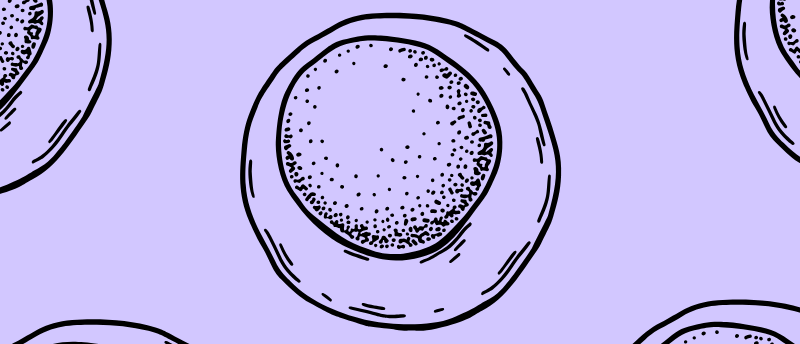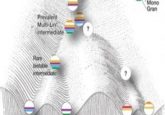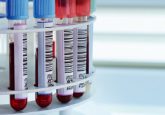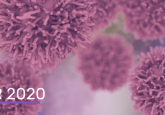New single-cell reference atlas of hematopoiesis

A new single-cell reference atlas of normal hematopoiesis has helped researchers identify novel acute myeloid leukemia cell states.
Researchers from the University of Toronto (Canada) have presented a new high-resolution gene expression atlas that shows the normal differentiation process of hematopoietic cells at the American Association for Cancer Research (AACR) Annual Meeting 2025 (25–30 April 2025; Chicago, IL, USA). The atlas has been used to identify cell states in acute myeloid leukemia (AML) and shed light on the heterogeneity seen in the disease.
In AML, genetic mutations disrupt hematopoietic differentiation, resulting in the accumulation of leukemic blasts. AML is characterized by extensive heterogeneity, but not all heterogeneity is driven by genetic mutations; different types of leukemia cells can exist within an individual patient’s disease.
A deeper understanding of how gene expression changes during the development and progression of AML could help identify and target different types of AML cells. Characterizing normal hematopoiesis is critical to determining how this process is disrupted, leading to AML. However, current reference maps for normal hematopoiesis are imprecise or based on small patient cohorts that do not capture the extent of inter-patient heterogeneity in AML.
 Low-cost whole-genome sequencing monitors cancer from blood tests
Low-cost whole-genome sequencing monitors cancer from blood tests
A combined whole-genome sequencing approach could be used to detect and monitor cancer from liquid biopsies.
To address this, the researchers created a reference atlas of human hematopoiesis using single-cell RNA sequencing data from 263,519 cells enriched for hematopoietic stem and progenitor cells.
The researchers then used the atlas to map the transcriptional profiles of over 1.2 million cells from 318 patients with AML, mixed-phenotype acute leukemia (MPAL) and acute erythroid leukemia (AEL) to distinct cell states. Single-cell composition analysis revealed at least 12 distinct differentiation patterns across the AML samples, some of which closely resembled MPAL or AEL, highlighting how the diseases share similar differentiation anomalies.
Taking the study further, the researchers utilized bulk RNA sequencing data from over 1200 AML patient samples to estimate the abundance of each leukemia cell state in each patient sample and correlated these cell states with common genetic alterations. They found that the same mutation could shift cells in different directions depending on the cellular origins or other co-occurring mutations, meaning a single mutation can produce leukemias with different biological properties.
“These findings reveal that the phenotypic heterogeneity in AML arises from the interplay between genetic drivers and the specific cellular context, helping us begin to decipher the ‘rules’ governing the factors that shape the disease,” commented first author Andy Zeng, who presented the study.
The atlas offers researchers a toolkit to understand how genetic alterations impact hematopoietic differentiation. “By establishing a high-resolution single-cell reference atlas of hematopoiesis, we’ve not only advanced our understanding of how differentiation goes awry in AML, but we’ve also provided an accessible toolkit for other researchers to rapidly map and classify their own blood samples profiled by single-cell RNA sequencing,” Zeng concluded.





